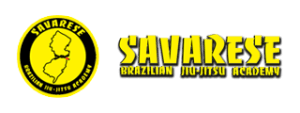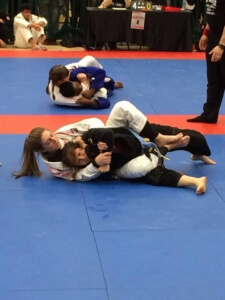Art of teaching BJJ
There is an art of teaching BJJ, once you start teaching, you have to find your niche’. I was so lucky in my BJJ journey to have been able to train under some amazing Master of BJJ, Royler and Renzo Gracie, David Adiv, John Danaher and Sean Williams. And now w/ Rafael Lovato Jr. John Danaher often used to joke after class that he was a Dictator and Libertarian instructor. He would say “as a coach I am a dictator with regards the fundamentals of the sport, but a libertarian with regards everything else.” In BJJ and indeed in life, there are certain fundamental skills without which you simply cannot perform well. It is absolutely crucial that these skills are developed and maintained. Any other projects must be curtailed until they are mastered. In this sense, John would come across as dictatorial and inflexible. I share this as an instructor as well other beliefs, many of which I learned from John himself. He had a tremendous impact on me as a practitioner and teaches (all of those mentioned above have, Royler’s work ethic, Dave’s details, Renzos tenacity, Raf’s calmness). The great Rickson Gracie used to talk a lot about how “if the foundation isn’t strong, the house falls down”. I have always agreed and subscribed to this theory as a Jiu-Jitsu instructor. A skill as fundamental as an elbow escape simply cannot be overlooked. Show me a student with a feeble elbow escape and I will show you a student whose game as a whole is feeble. One of the most talented students I have ever had the good fortune of working with is Danny Rinaldi. Interestingly, when Danny first came to work full time with me, his game was largely confined to half guard based scrambles to the back and finishing with rear strangles. I always insist that a good Jiu-Jitsu player be equally adept at choking from behind an opponent and in front of an opponent. I don’t care what chokes you do, obviously there are many choices, but you must have (at least) one good choke that you really apply well from the back and one from the front, if not, your game overall will suffer from the deficiency. I started pushing Danny towards darce and arm-triangle attacks. Surprisingly, Danny really struggled with the arm-triangle for a time and we tweaked it a lot. I put my dictatorial foot down and insisted he keep working. it would come. Our persistence paid off as Danny eventually mastered these chokes which he showcased in several high profile matches in ADCC trials and many, many training sessions. Once more advanced players have demonstrated a solid foundation of skills, the libertarian side emerges. I believe the long term directions of my students will be mostly determined by their body type and their personality. In class, I show a very wide array of techniques under the assumption that advanced students will pick and choose over time for themselves rather than try to force my favorite moves upon them and make them an imprint of myself and my personality. I believe this is a huge difference between us and many schools that are just “mini mes” of the head instructor. When visitors come to my class they are often surprised by the many very different styles of Jiu-Jitsu my students can express on the mat. This, I believe, is a healthy thing; as it makes BJJ a very satisfying form of self expression that will change as you change and grow as you grow.


